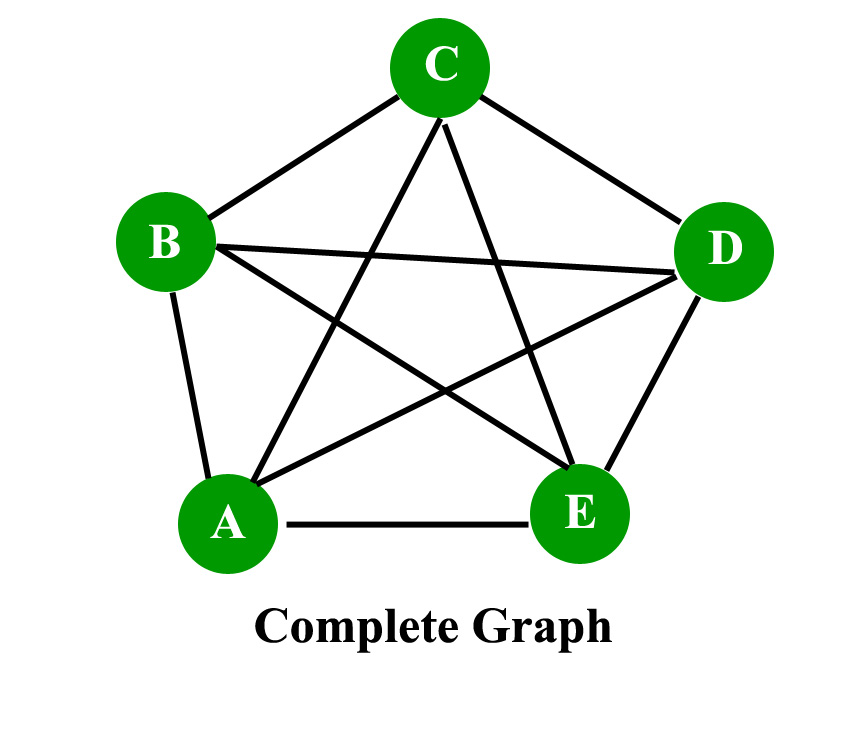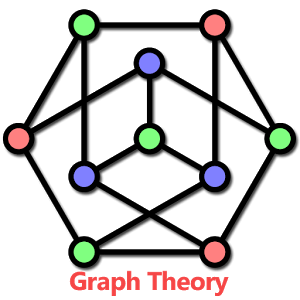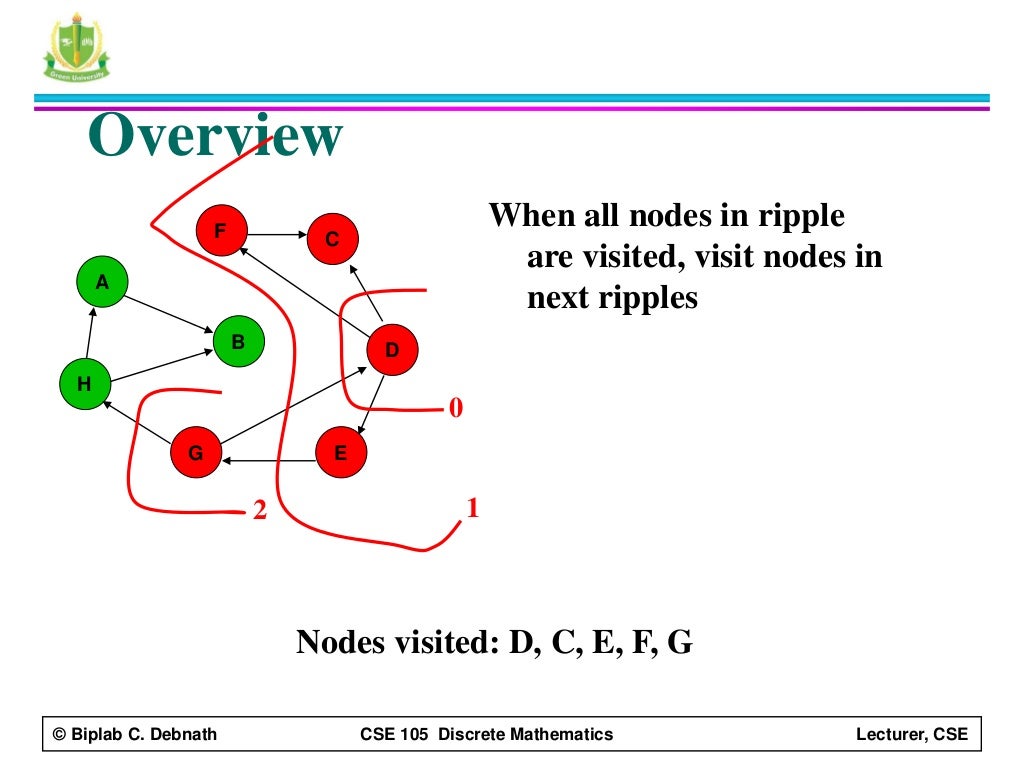In today's digital age, graph theory has become an increasingly important field of study. This branch of mathematics deals with the structure and properties of graphs, which are mathematical models used to represent networks of interconnected objects. Graph theory has many applications, from computer science to social network analysis, and is essential for understanding complex systems.
Graph Theory Basics
Graph theory is concerned with the study of graphs, which are composed of vertices (also called nodes) and edges (also called arcs or lines) that connect them. Vertices represent objects or entities, and edges represent relationships or connections between them. Graphs can be represented visually as diagrams or schematics, where vertices are represented by points and edges are represented by lines that connect them.

The study of graph theory involves analyzing the properties of graphs and their structures. This includes determining the number of vertices and edges in a graph, the degree (or number of connections) of each vertex, the existence of cycles or paths, and other characteristics. Graph theory also involves the development of algorithms for solving problems related to graphs, such as finding the shortest path between two vertices or determining if a graph is connected.
Applications of Graph Theory
Graph theory has many practical applications in fields such as computer science, engineering, and social sciences. In computer science, graphs are used to represent data structures, such as linked lists or trees, and to model networks and traffic flow. Graph algorithms are commonly used in computer science to solve optimization and search problems. In engineering, graph theory is used to model and analyze complex systems, such as transportation networks or electrical circuits.

In the social sciences, graph theory is used to analyze networks of social relationships, such as friendships or collaborations. Graph theory can help to identify influential individuals or groups within a network and to understand the spread of information or disease through a population. Graph theory is also used in biology to model genetic networks and protein interactions.
Conclusion
Graph theory is a fascinating and important field of mathematics that has many practical applications. Whether studying computer science, engineering, or social sciences, graph theory provides tools to model and analyze complex systems. As technology continues to advance and our interconnected world becomes more complex, graph theory will continue to be a vital tool for understanding and solving problems.
If you are looking for Nota math discrete graph theory you've came to the right web. We have 6 Pics about Nota math discrete graph theory like Mathematics | Graph Theory Basics - Set 1 - GeeksforGeeks, Nota math discrete graph theory and also Mathematics | Graph Theory Basics - Set 1 - GeeksforGeeks. Here it is:
Nota Math Discrete Graph Theory
 www.slideshare.net
www.slideshare.net Discrete Mathematics Graph Theory
 boniyeamincse.blogspot.com
boniyeamincse.blogspot.com discrete vertex
INTRODUCTION To GRAPH THEORY - DISCRETE MATHEMATICS - YouTube
 www.youtube.com
www.youtube.com discrete mathematics theory graph introduction
Mathematics | Graph Theory Basics - Set 1 - GeeksforGeeks
 www.geeksforgeeks.org
www.geeksforgeeks.org Graph Theory Discrete Mathematics | Education Quiz - Quizizz
 quizizz.com
quizizz.com quizizz discrete
Graph Theory Discrete Mathmatics
 pt.slideshare.net
pt.slideshare.net mathmatics discrete
Discrete mathematics theory graph introduction. Discrete vertex. Graph theory discrete mathmatics


0 Post a Comment: